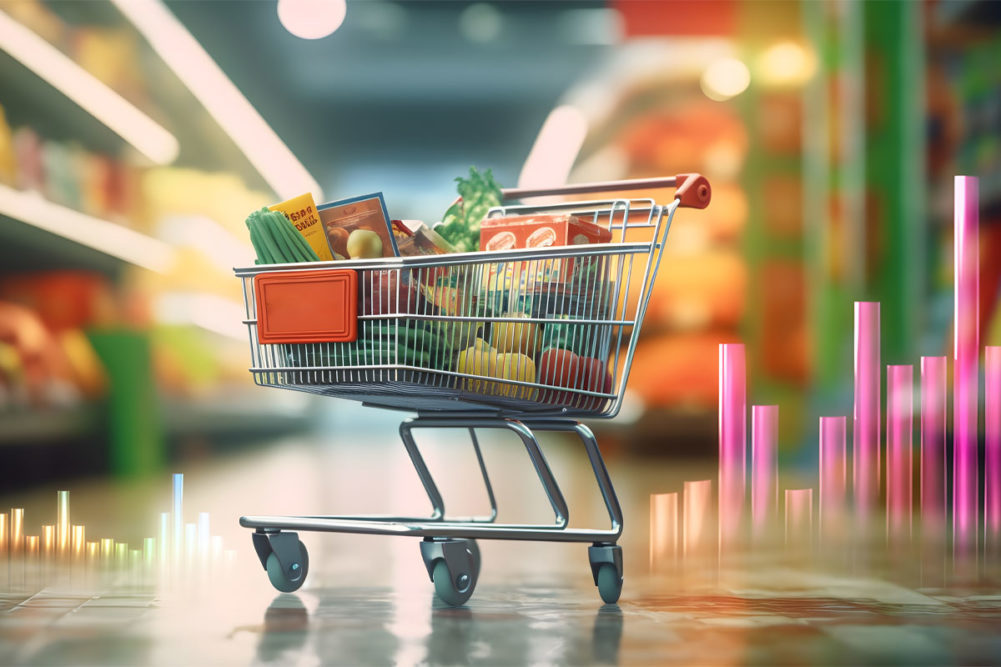KANSAS CITY, MO. — Following nearly four years of significant economic disruption led by the COVID-19 pandemic and followed by supply chain challenges, labor shortages and a period of severe inflation, there are signs the North American food and beverage market may be returning to a semblance of normalcy.
Yet “normal” should not be construed as beneficial to all; rather, it may signal a higher degree of market predictability.
The market researcher Circana is forecasting that after three years of food and beverage volume sales decreases, the market will see modest volume growth in 2024. Market dynamics seen supporting the growth include a continued easing of inflation, an improving macroeconomic environment and food and beverage manufacturers growing their promotional investments to entice consumers.
“Amid shifting consumer preferences and evolving market dynamics, our food and beverage outlook not only highlights key growth opportunities for 2024 but reveals a cautiously optimistic outlook as we emerge from a myriad of challenges that the industry has faced over the past several years,” said Sally Lyons Wyatt, executive vice president and practice leader of Circana.
Whether branded manufacturers or their private label counterparts capture the volume growth remains to be seen. Despite the positive economic factors cited by Circana, the University of Michigan’s Survey of Consumers illustrates a cloud of consumer pessimism hanging over the US economy. Specifically, the survey of consumer sentiment slipped for the fourth straight month, falling 5% in November.
While the survey showed both current and expected consumer personal finances improved modestly in November, the long-run economic outlook slid 12% in part due to concerns about the effects of higher interest rates and the ongoing wars in Gaza and Ukraine.
A recent report from FMI – The Food Industry Association demonstrates how consumers are embracing private brands, with 95% of shoppers saying they are buying private brands occasionally, and 46% saying they are buying store brand items “most or all of the time.”
As a result, dollar sales of private labels grew 8.3% in the first half of 2023 ended June 25, according to data from Circana, and dollar share rose to a record high of 18%. Unit sales decreased 1.2%, but unit share reached a high of 22.5%.
And a recent analysis from Bank of America indicates restaurant industry recovery will continue in the year ahead, with consumers continuing to demonstrate a preference for spending money on doing things rather than buying things.
“People prioritizing experiences over goods will be a continued tailwind for restaurants,” said Roger Matthews, managing director in Bank of America’s Consumer and Retail Investment Banking Group, who expects to see changes in spending patterns rather than a retreat from restaurant meals. He anticipates some consumers will reduce their restaurant spending by moving down the value chain from fine dining to casual restaurants, or from casual restaurants to quick-service restaurants.
Such developments indicate that the unique challenges that manifested the past few years may be dissipating and creating a more stable environment. While success in food and beverage manufacturing and marketing remains complex, it is welcome to see industry dynamics transitioning from the high degree of uncertainty of the past few years to some form of predictability.



